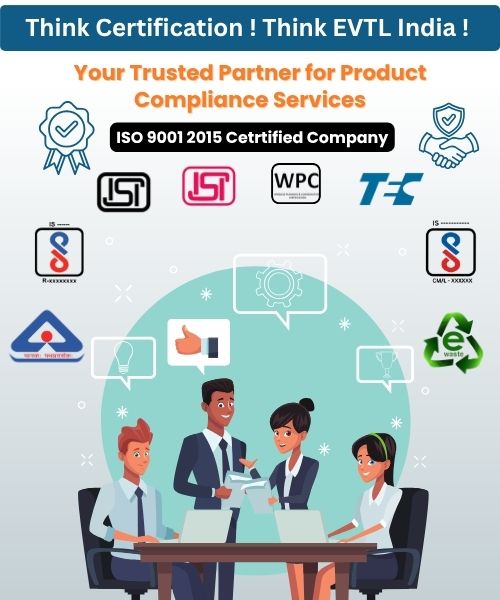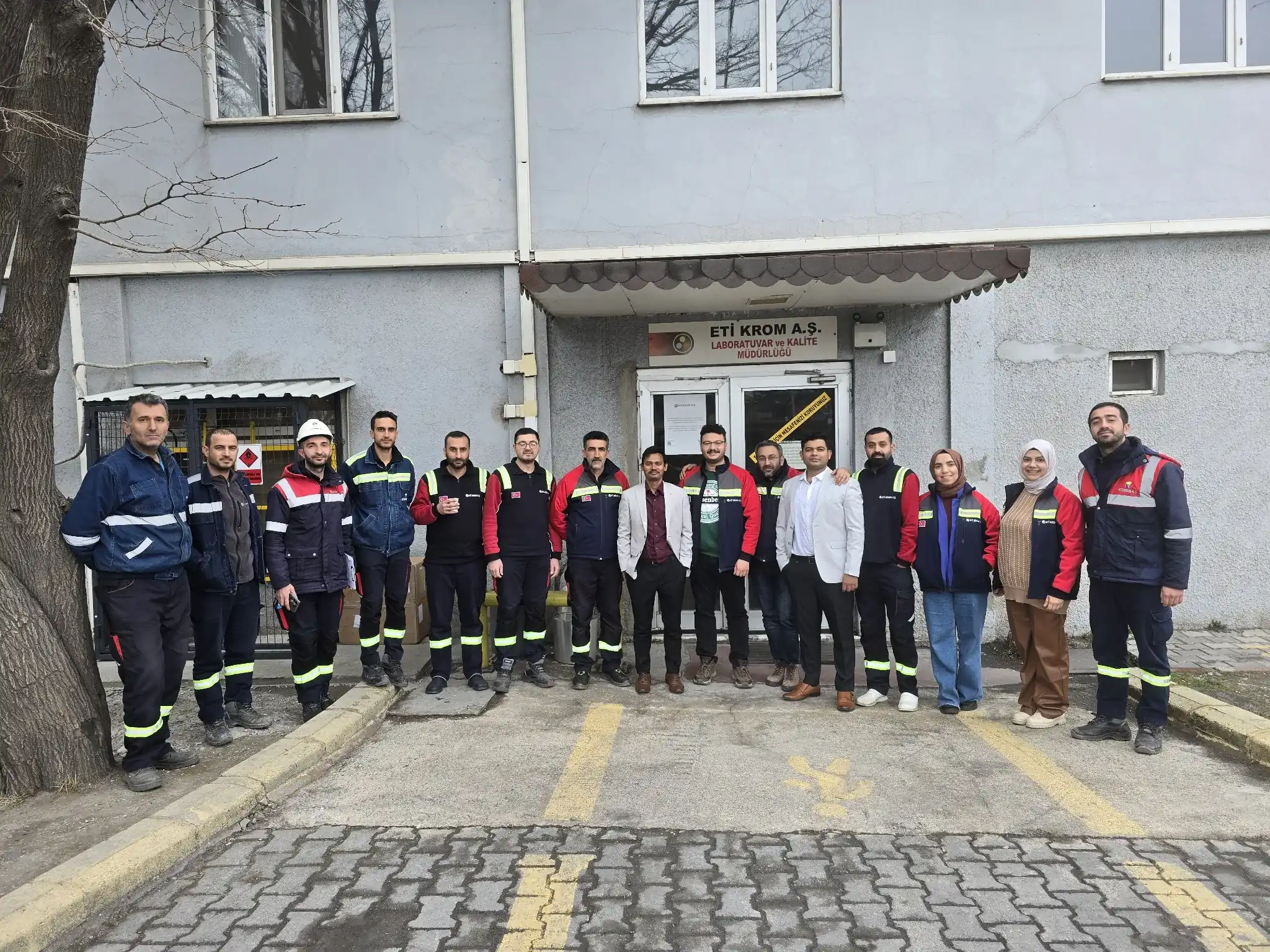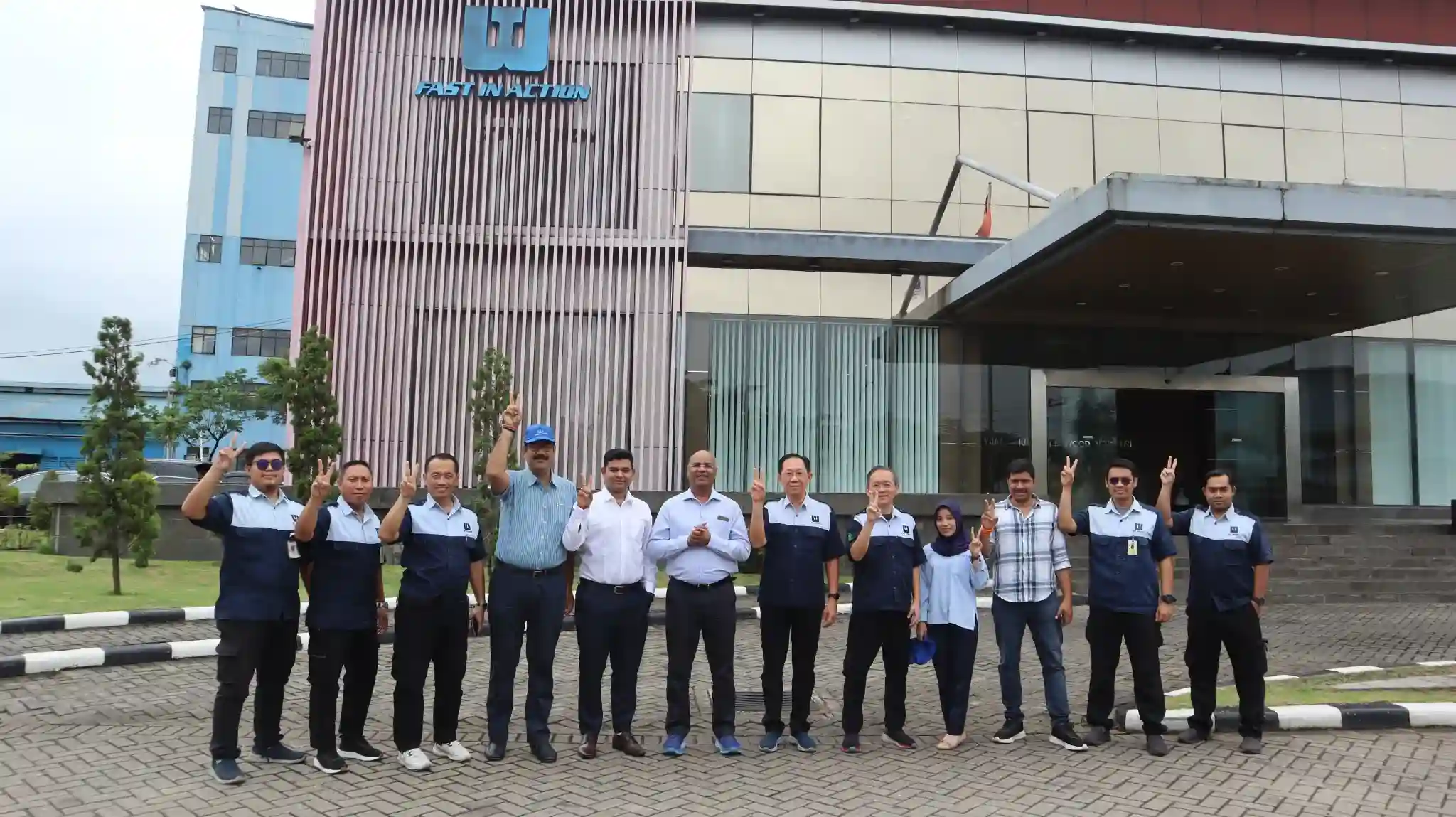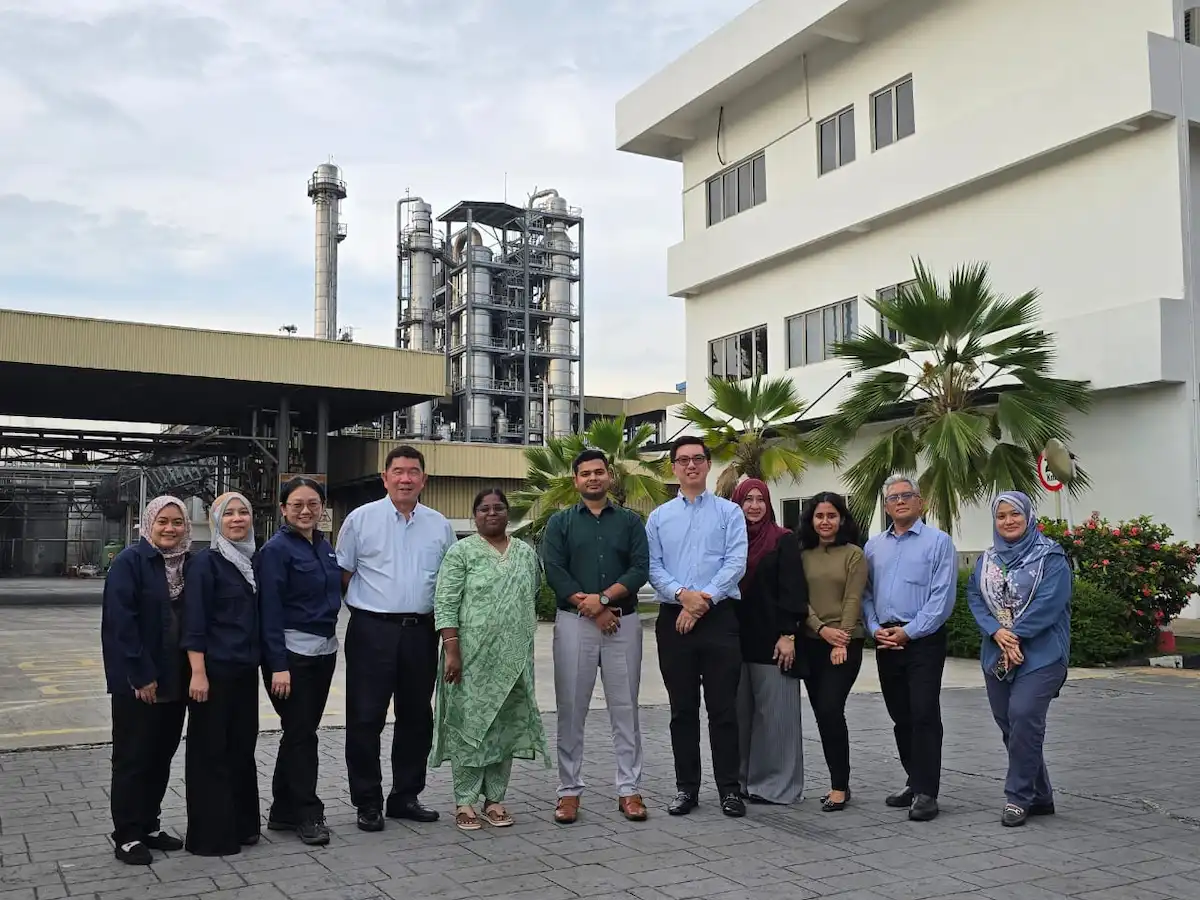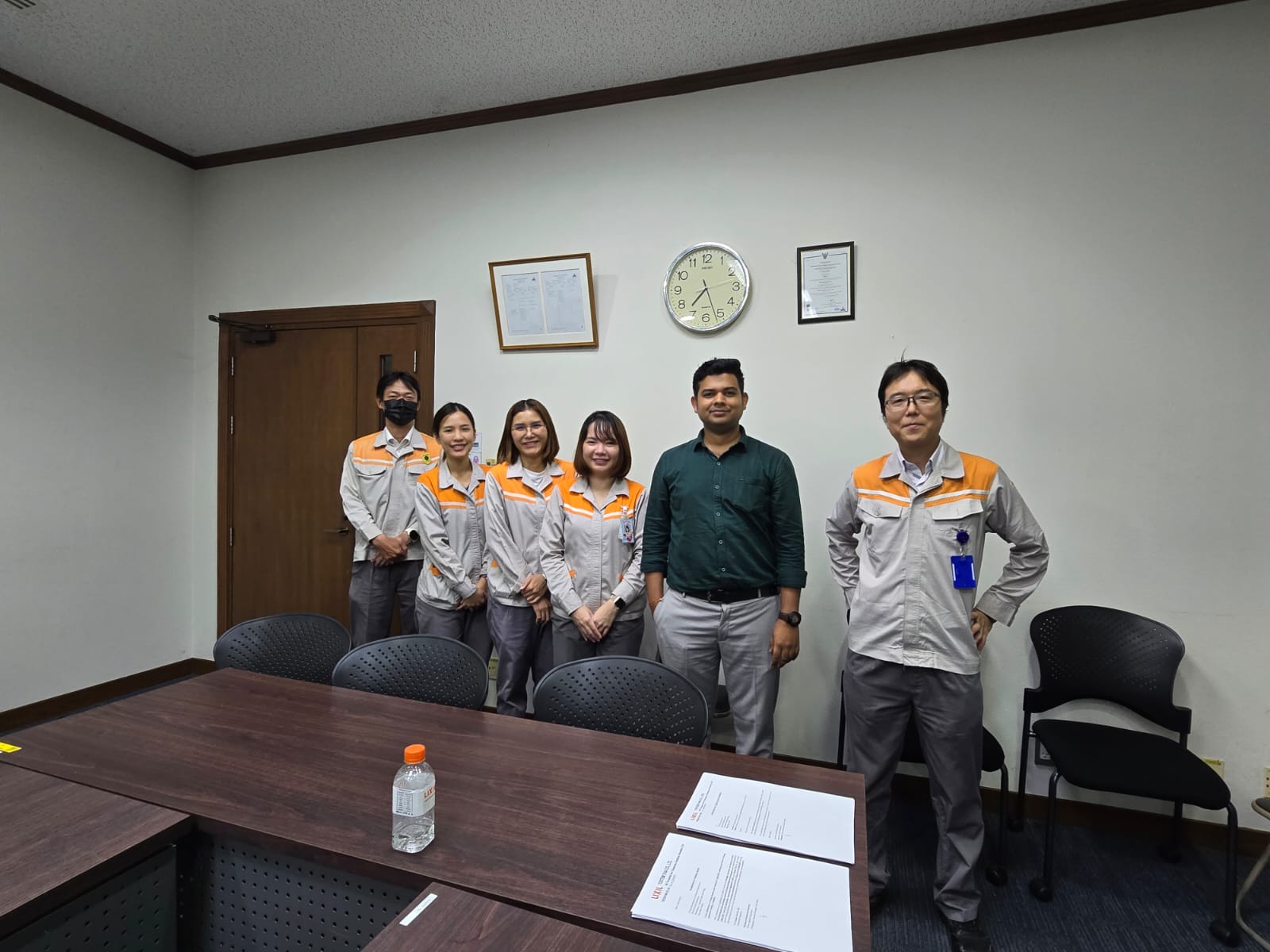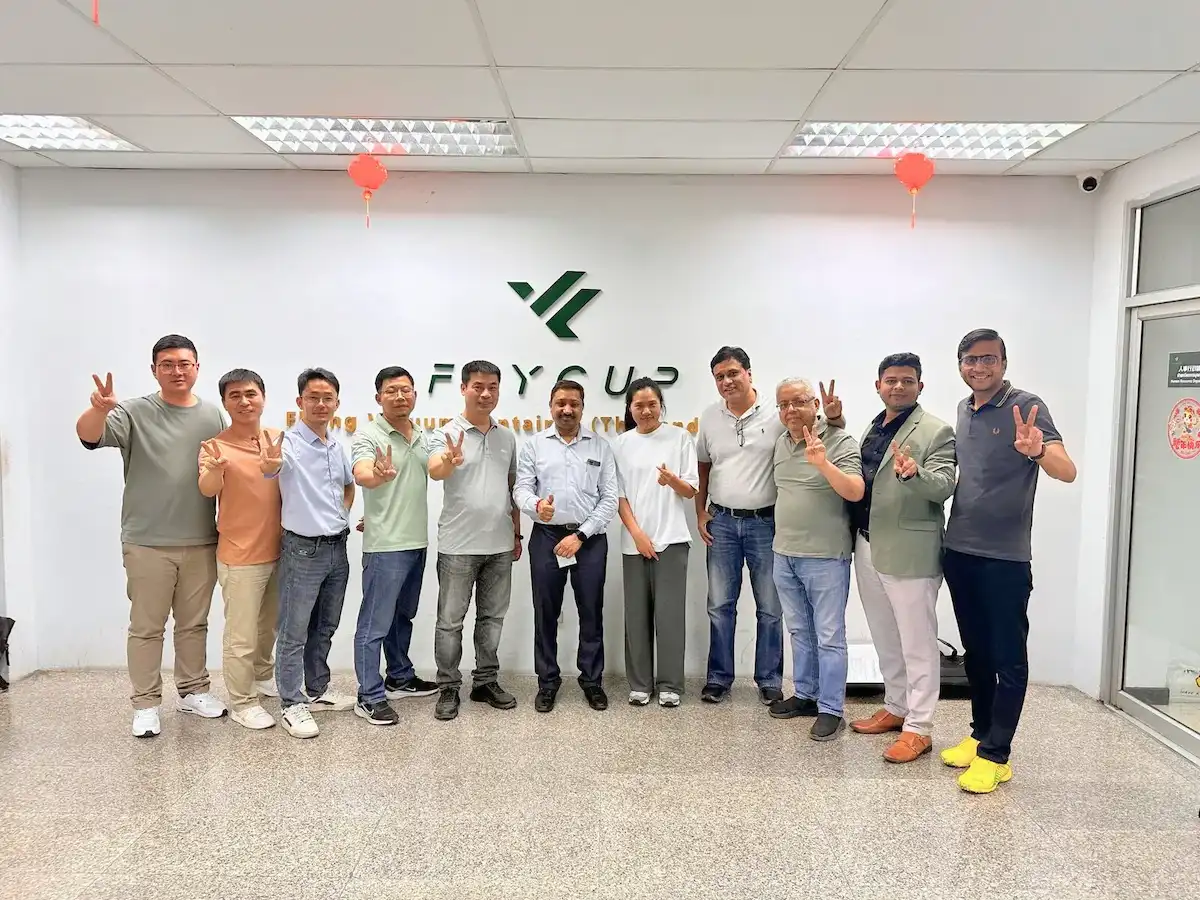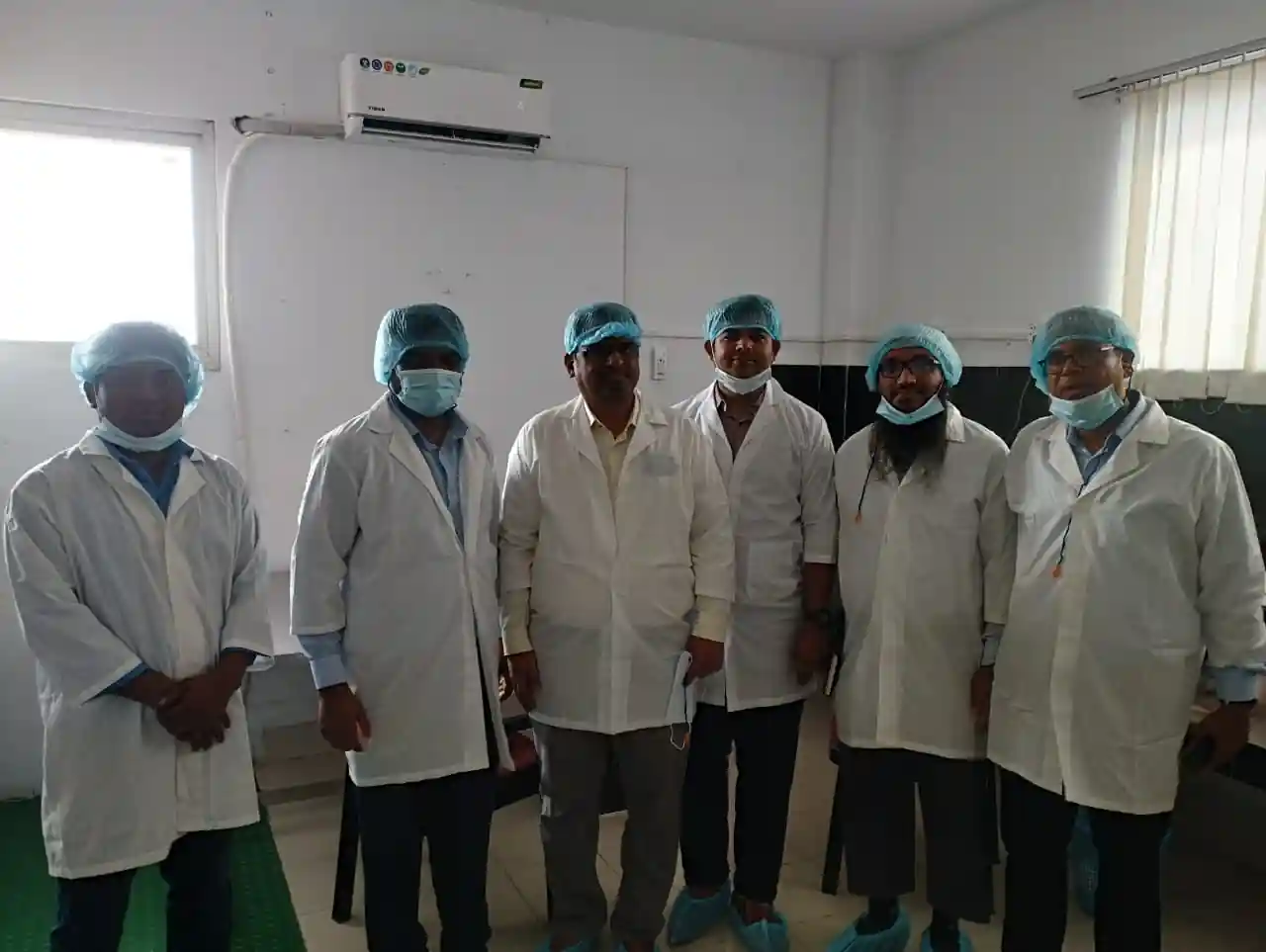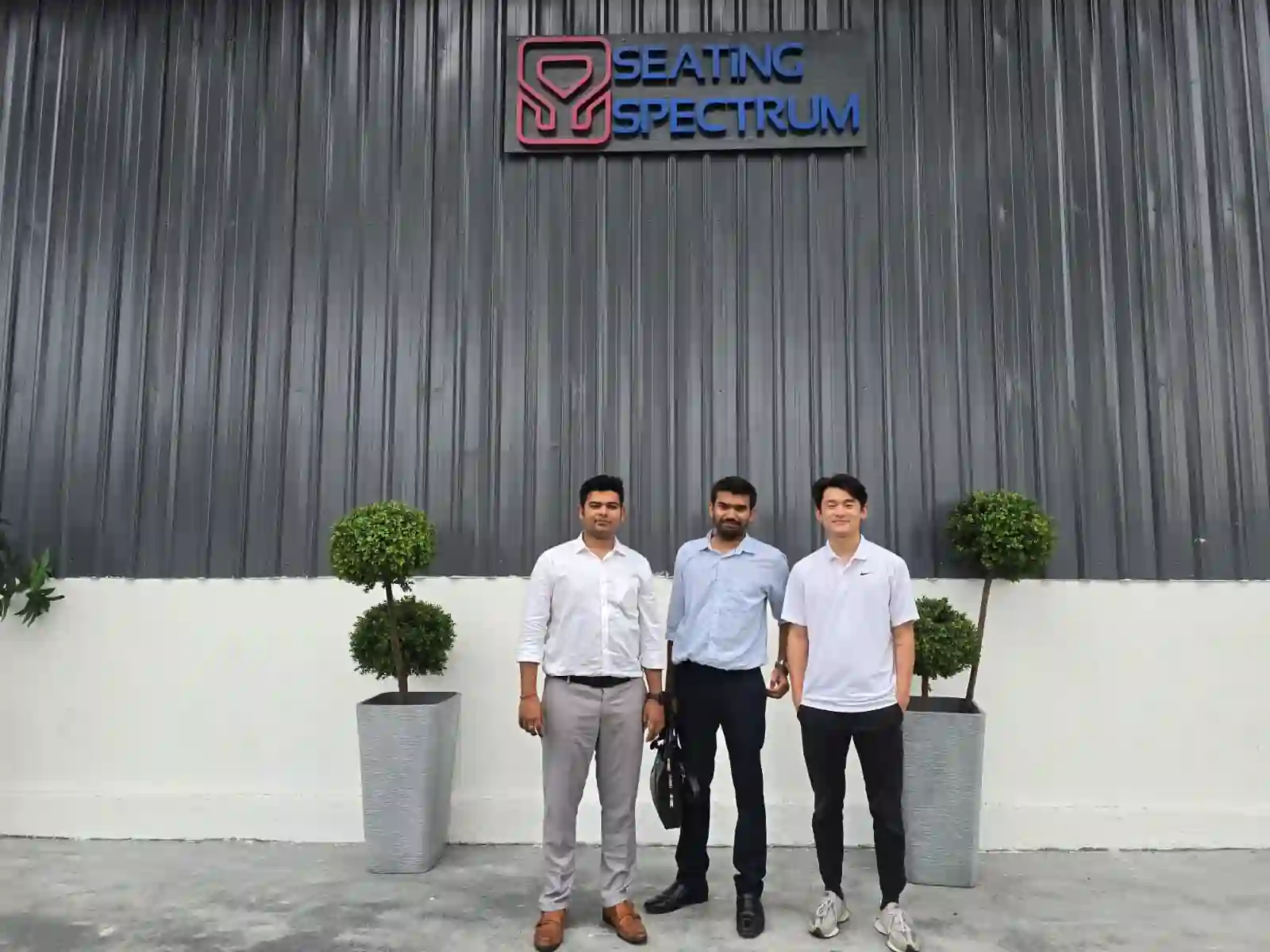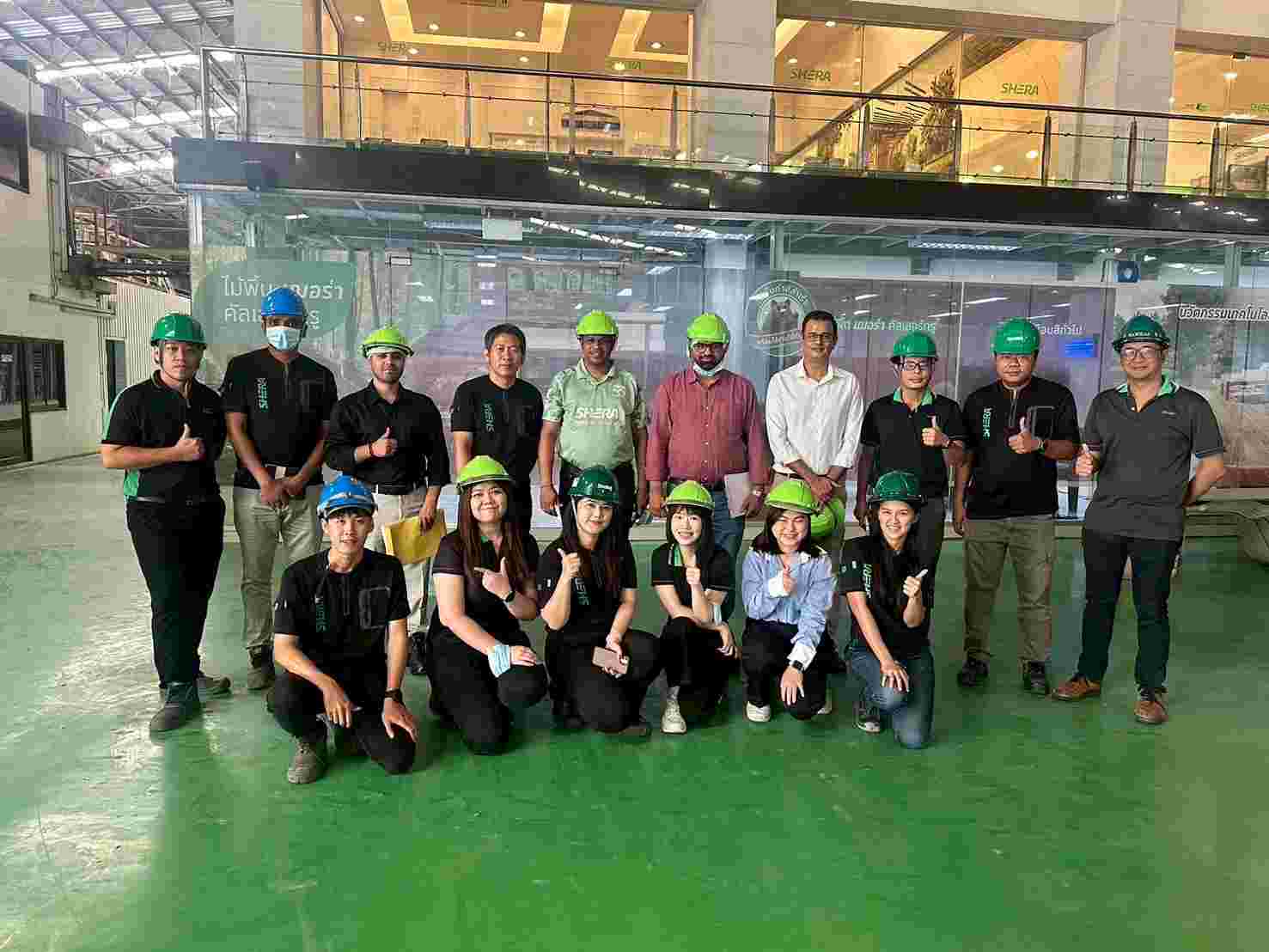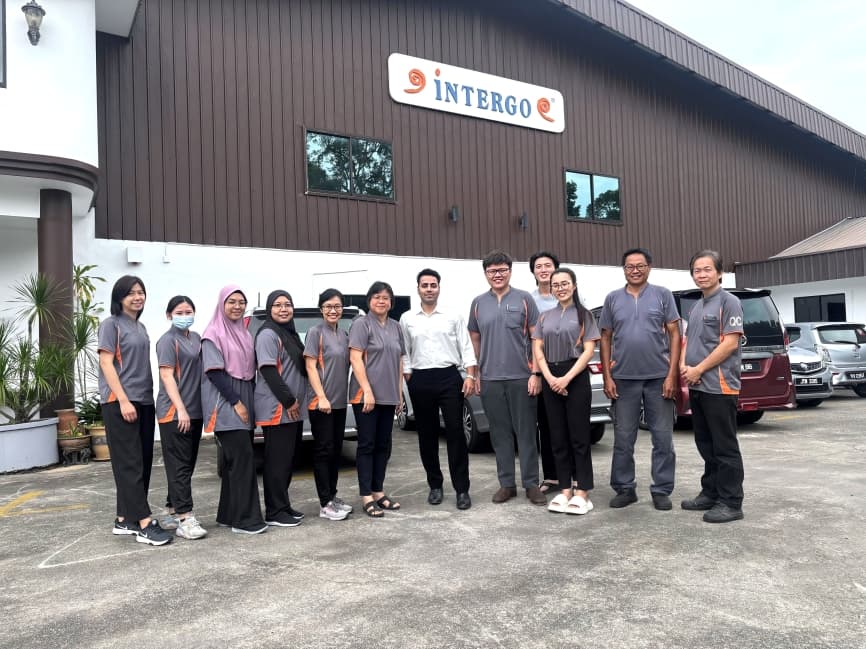Get A Quote
BIS Certification for Wheeled Fire Extinguishers IS 16018: 2012

Wheeled Fire Extinguishers are large-capacity fire-fighting equipment designed for quick response to larger fires in industrial, commercial, and outdoor environments. Mounted on wheels for easy mobility, these extinguishers allow personnel to rapidly transport them to fire sites, providing effective suppression for large fires or high-risk areas.
Available in various types such as water, foam, and dry chemical, Wheeled Fire Extinguishers are ideal for fires in warehouses, factories, and other expansive areas. Their robust design and high extinguishing power make them crucial in managing larger fires and minimizing damage to property and lives.
Introduction
Wheeled Fire
Extinguishers are an advanced fire safety solution designed for large-scale
fire emergencies where mobility and capacity are key. Unlike standard portable
fire extinguishers, Wheeled Fire Extinguishers are built to handle larger
fires, with capacities ranging from 50 to 200 liters of extinguishing agent.
These extinguishers are commonly used in warehouses, factories, and outdoor
industrial settings, where fast and effective fire suppression is crucial.
Their wheeled design allows for quick deployment in large spaces, ensuring efficient
firefighting capabilities. In accordance with the Fire Extinguishers (Quality Control) Order, 2023, all manufacturers
of Wheeled Fire Extinguishers must obtain BIS certification (ISI Mark) before
selling them in the Indian market. This certification ensures that the
extinguishers meet the necessary safety and performance standards, crucial for
ensuring reliable performance during an emergency.
Why is BIS Certification
Necessary for Wheeled Fire Extinguishers?
BIS certification is essential for Wheeled Fire Extinguishers to guarantee that they meet strict safety and performance criteria set by Indian standards. The Fire Extinguishers (Quality Control) Order, 2023 mandates that all wheeled fire extinguishers must carry the BIS certification (ISI Mark) before being marketed in India. This certification ensures that the fire extinguishers are capable of providing the necessary fire suppression capabilities in high-risk situations, protecting lives, property, and assets. Non-compliance with this order may lead to legal consequences under the Bureau of Indian Standards Act, 2016, making it crucial for manufacturers to adhere to these regulations to ensure the safety of consumers and prevent faulty products from entering the market.
Overview of Indian
Standard IS 16018:2012
Indian Standard IS 16018:2012 specifies
the requirements for Wheeled Fire Extinguishers, including design,
construction, performance, and testing standards. It covers the use of water,
foam, and dry chemical agents for extinguishing fires, ensuring that the
extinguishers have the necessary capacity to handle large fires in industrial
and commercial environments. The standard includes guidelines for materials,
manufacturing processes, and performance testing to ensure that these
extinguishers can withstand harsh environments and provide reliable performance
when needed. Compliance with IS 16018:2012 is mandatory for obtaining BIS
certification, as stipulated by the Fire
Extinguishers (Quality Control) Order, 2023, and is essential to ensure
that the products meet the required safety standards and are fit for use in
large-scale fire emergencies.
Process for BIS Certification
The BIS
certification process for Wheeled Fire Extinguishers involves multiple steps,
designed to thoroughly evaluate a product's compliance with the required
standards. Here is a general overview of the certification process:
1. Application Submission: Manufacturers
must submit an application form along with required documentation to BIS.
2. Documentation Review: BIS reviews the
submitted documents to ensure completeness and correctness.
3. Factory Inspection: BIS officials
conduct an on-site inspection of the manufacturing facility to assess the
production process and quality control measures.
4. Sample Testing: Product samples are
taken and tested in BIS-approved laboratories to verify compliance with Indian
standards.
5. Certification Grant: Upon successful
completion of the inspection and testing, BIS grants certification, allowing
the manufacturer to use the BIS mark on their products.
Documents
Required for BIS Certification
To apply for BIS
certification, manufacturers need to submit the following documents:
● Application form
● Manufacturing process details
● Quality control plan
● Test reports from BIS-approved
laboratories
● Factory layout and equipment
details
● Proof of business registration
● Product specifications and
technical details
● Declaration of conformity to
Indian standards
Additionally, manufacturers may be required to provide proof of compliance with environmental and safety regulations, depending on the specific type of product being certified.
BIS ISI Mark Certification Costing And Timeline
To Know The Process in Detail, Please Visit:
- BIS ISI Mark Certification for Domestic Manufactures
- BIS ISI Mark Certification for Foreign Manufactures
Under BIS Registration Products ISI and CRS
Conclusion
BIS certification
for Wheeled Fire Extinguishers is essential to ensure adherence to quality and
safety standards as per IS 16018:2012. By complying with the mentioned Quality
control order, certified products provide reliable performance, enhance
consumer safety, and reinforce the credibility of manufacturers in the Indian
market.
Navigating the BIS certification
process can be challenging, especially for small and medium-sized enterprises.
EVTL India is a leading consultancy firm dedicated to assisting manufacturers
in obtaining BIS certification (ISI Mark) efficiently. With expertise in
managing BIS portal submissions, documentation, and regulatory fees, EVTL India
ensures a smooth and successful certification process. By choosing EVTL India,
manufacturers can enhance their product's marketability both in India and
internationally, securing a competitive edge. Additionally, EVTL India provides
ongoing support post-certification, helping manufacturers maintain compliance
with BIS standards and renew their licenses as needed.
Free Call Back
Latest News & Update
📅 BIS Critical Component List (CCL) Updates for Solar PV Modules
🕒 BIS Fee Concessions for MSMEs and Startups | EVTL India
📅 Guidelines for Implementation of Essential Requirements for Security of CCTV
🕒 Omnibus Technical Regulation (OTR) Amendment Order, 2025
🕒 Extension of Timeline for Filing Annual Returns by Battery Producers
📅 Extension of Timeline for Filing Quarterly and Annual Returns for E-Waste
🕒 Extension of Concurrent Running Period for IS 302-1: 2008 and IS 302 (Part 1): 2024
🕒 BIS Guidelines for Grant of Licence (GoL) | EVTL India
📅 CPCB Guidance on filing of Application, Fees and more
🕒 CPCB Notification on Labelling of Plastic Packaging
📅 Mandatory Compliance for Input Materials of Steel and Steel Products for Imports
🕒 BIS Guidelines for Scheme-X Certification for OTR-Regulated Products
📅 BIS Upgrades Product Certification License Numbers to 10-Digit Series
Why Choose EVTL INDIA
Expertise in Indian Regulatory Standards
End-to-End Support
Trusted by Top Indian & Global Brands
Fast Processing & Transparent Pricing
Strong Liaison with Indian Authorities
Company Profile